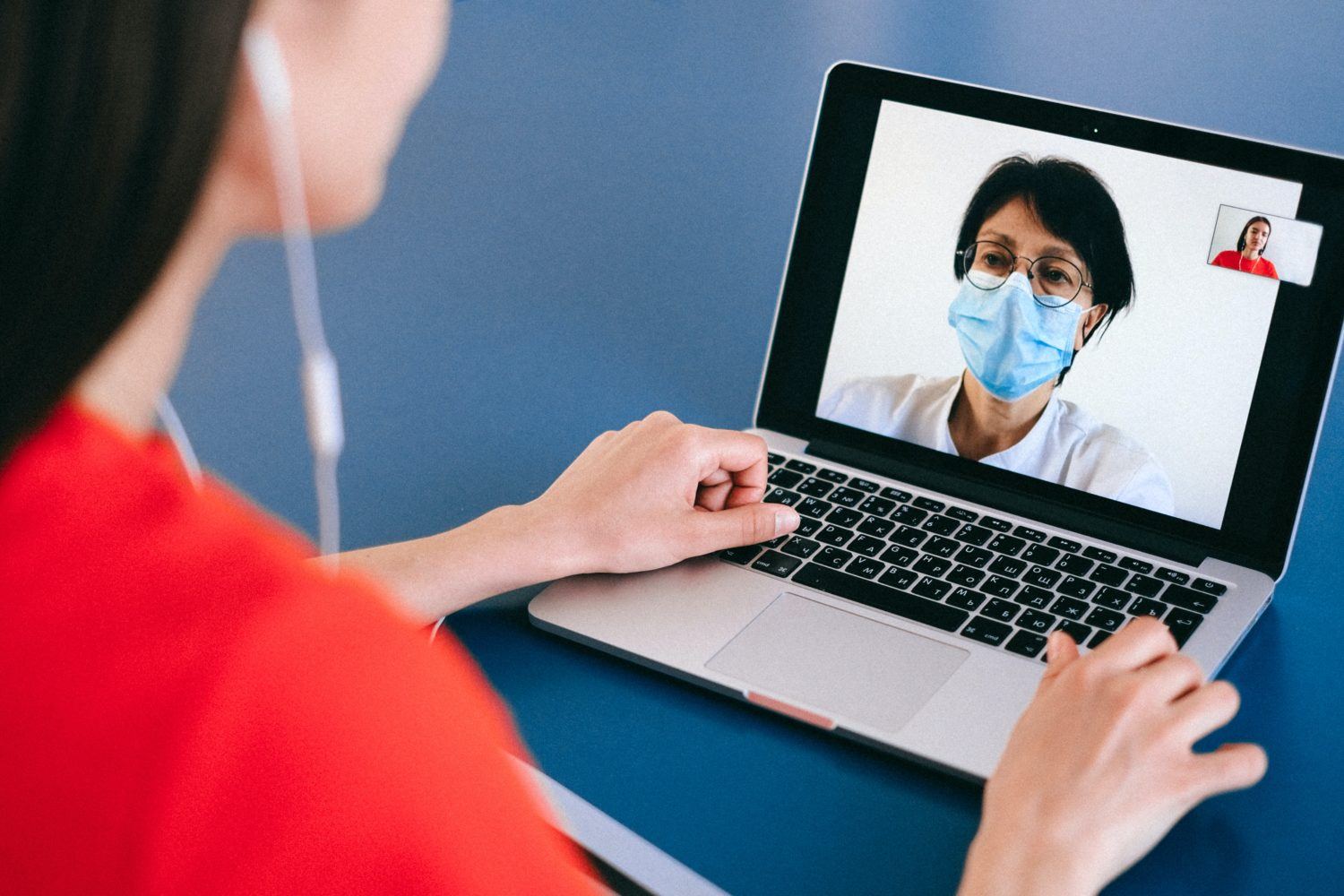
What You Should Know:
– Telehealth adoption for behavioral health services
jumped sharply during the first months of the COVID-19 pandemic shutdown,
according to a new RAND Corporation study.
Telehealth adoption increased sharply during the first
months of the COVID-19 pandemic shutdown, with the approach being used more
often for behavioral health services than for
medical care, according to a new RAND Corporation study. Prior to the pandemic, patients
frequently were reluctant to use telehealth because it often meant seeing a provider
other than their own physician. According to researchers, sustaining the
ability to see one’s own doctor through telehealth may be critical to making
telehealth a permanent part of routine healthcare.
The study conducted between mid-March and
early May 2020 reveals telehealth was used by more than 40% of patients with a
chronic physical health condition and by more
than 50% of those with a behavioral health condition,
according to findings published in the Journal of General Internal Medicine. Overall,
almost half of the people who were undergoing treatment when the pandemic
shutdown began reported using some form of telemedicine.
Key Findings
RAND researchers examined
the increase in telehealth by surveying 2,052 adults who are a part of the RAND
American Life Panel, a nationally representative internet panel. The
questions about use of telehealth were part of a larger survey about life
during the pandemic that was fielded between May 1 and May 6.
Researchers found that the use of telehealth
for behavioral health conditions was lower
among women and among people over the age of 60. Use of telehealth also was
lower among Non-Hispanic Whites relative to Non-Hispanic Blacks and was lower
among those with less than a high school education relative to those with a
college degree.
When the pandemic began, nearly 40% of the Americans
surveyed were being treated for a chronic physical health condition, while 15%
were being treated for a behavioral health condition. Since the pandemic
started, 16% had considered seeking care for a new or recurrent condition.
The study found that among patients who were receiving
care when the pandemic began, 11% had
used telehealth that included video conferencing from the middle of March to
early May, a period of less than two months. In contrast, a survey conducted
with the same panel in 2019 found that fewer than 4% had ever used video
conferencing with a doctor.
Among people who used telehealth services, researchers
found that the use of video telehealth was less common for physical health care
(14% of patients) than for behavioral health care (30% of patients).
Lack of insurance was associated with lower telehealth
use for new conditions, while use of telehealth was more common in the
Northeast than other parts of the nation.
“While the increased use of telehealth was widespread, some groups of Americans reported using the services less often than others,” said Dr. Shira H. Fischer, the study’s lead author and a physician researcher at RAND, a nonprofit research organization. “If telehealth use is going to remain high, we need to ensure equity of access, particularly for behavioral health care where education, age and gender were all associated with levels of use.”
“There is a wide expectation that telehealth will continue after the pandemic ends. Lessons from the use of telehealth during this period should inform policy for the post-COVID-19 era,” Fischer said.